You'll find the head gasket between the engine cylinder and block. To avoid leaks or other issues, you will need to fix any problems with its seal. We've researched how to do just that, and here's what you need to know.
If the head gasket is not sealing, the potential causes include pre-ignition problems, overheating, or poor gasket design. A blown gasket will result in compression leaks to coolant, crankcase, or cylinders.
To fix a poor seal on your head gasket, you can use a reliable gasket sealant or replace it with a new, quality gasket.
You may notice symptoms, such as thick white smoke, oil leaks, or poor engine performance if the gasket does not seal. If you do not take action to solve the problem, it will cause more damage to your vehicle. Read along to understand the importance of a head gasket and what you should do if it does not seal properly.
What Causes The Head Gasket To Fail?
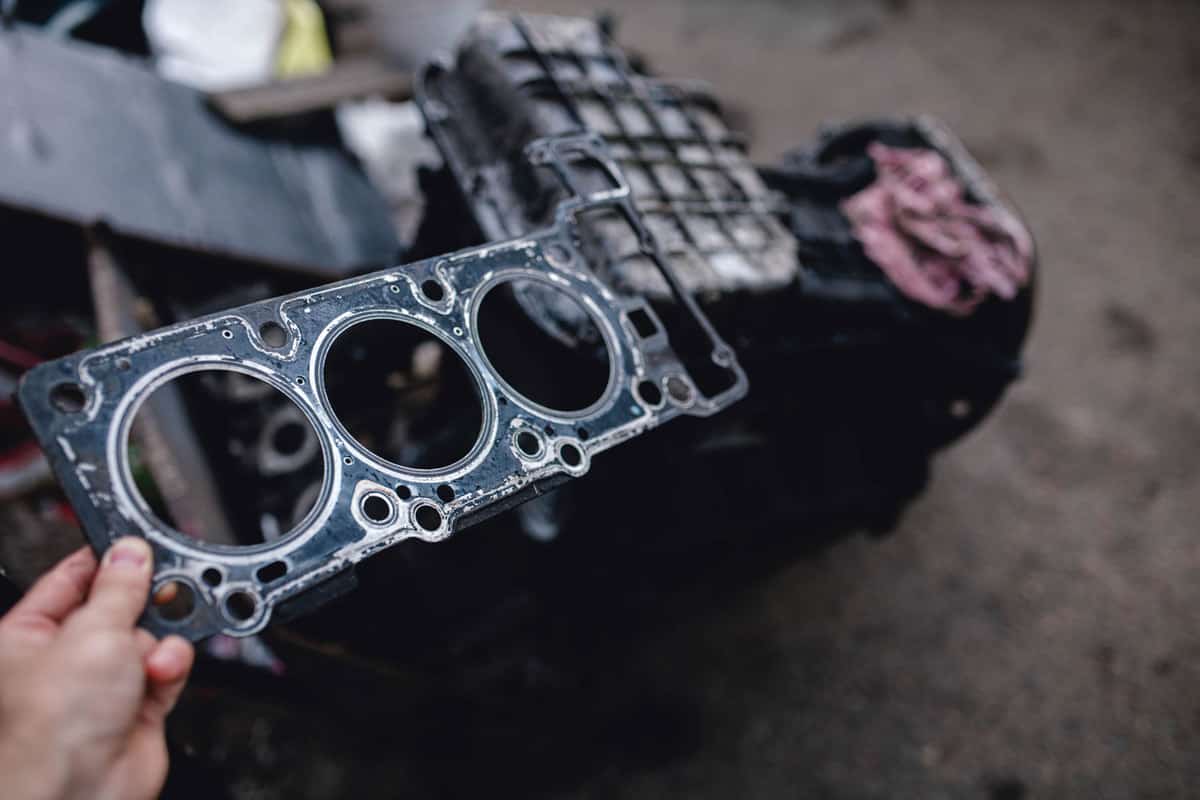
The head gasket is essential for all types of vehicles. It seals the combustion chambers and the fluid chambers storing the oil and coolant. The car will not pour unwanted oil or coolant into the cylinders with the gasket.
However, the head gasket will fail because of the expansion of both the cylinder head and engine block when the engine warms up. In effect, the gasket cannot seal the gap made.
Furthermore, the gasket will fail due to the following:
- Pre-ignition problems - The cylinders will feel great pressure due to the fuel combusting at unwanted times. Hence, this pressure strains the head gasket.
- Overheating - This situation causes permanent gasket damage, such as warping.
- Poor gasket design and installation - The design varies on the car manufacturer, so there is not much that you can control with this.
Due to these causes, the gasket can experience:
- Compression leaks to coolant, crankcase, or cylinders
- Blown coolant port or outside coolant
If there is no seal, the vehicle will encounter problems. Read below some signs to check for any head gasket damage.
Signs Of Head Gasket Failure
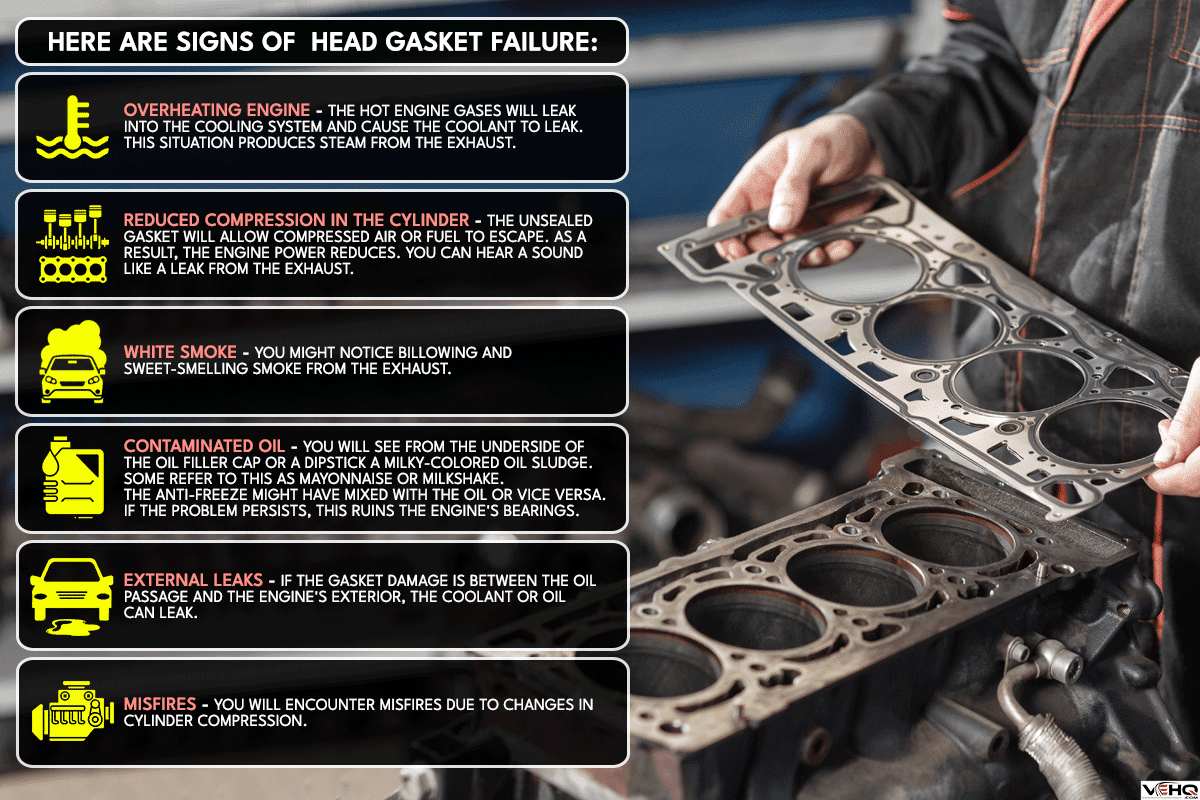
You should observe the symptoms that your car is showing. Listed are the signs to look for:
- Overheating engine - The hot engine gases will leak into the cooling system and cause the coolant to leak. This situation produces steam from the exhaust.
- Reduced compression in the cylinder - The unsealed gasket will allow compressed air or fuel to escape. As a result, the engine power reduces. You can hear a sound like a leak from the exhaust.
- White smoke - You might notice billowing and sweet-smelling smoke from the exhaust.
- Contaminated oil - You will see from the underside of the oil filler cap or a dipstick a milky-colored oil sludge. Some refer to this as mayonnaise or milkshake. The anti-freeze might have mixed with the oil or vice versa. If the problem persists, this ruins the engine's bearings.
- External leaks - If the gasket damage is between the oil passage and the engine's exterior, the coolant or oil can leak.
- Misfires - You will encounter misfires due to changes in cylinder compression.
If you see any of these signs and experiencing problems, read below to learn the solutions you can follow.
How To Fix A Head Gasket Problem?
The recommended solution for a head gasket that is not sealing is a replacement. It is better to replace than do simple fixes because the benefits outweigh the costs in the long run. Replacing is only one-time, as long as the installation is correct.
However, this procedure is not an easy D-I-Y project. It is difficult to access the head gasket because the front half of your vehicle's whole engine blocks the way. You will also need to remove many car parts in the way. The removal process will take around 8 hours, and the mechanic can charge you $100/hr or more.
If you have experience, you can fix the problem if you want to save. The process may vary depending on the vehicle, but you can consult the service manual for specific procedures to follow.
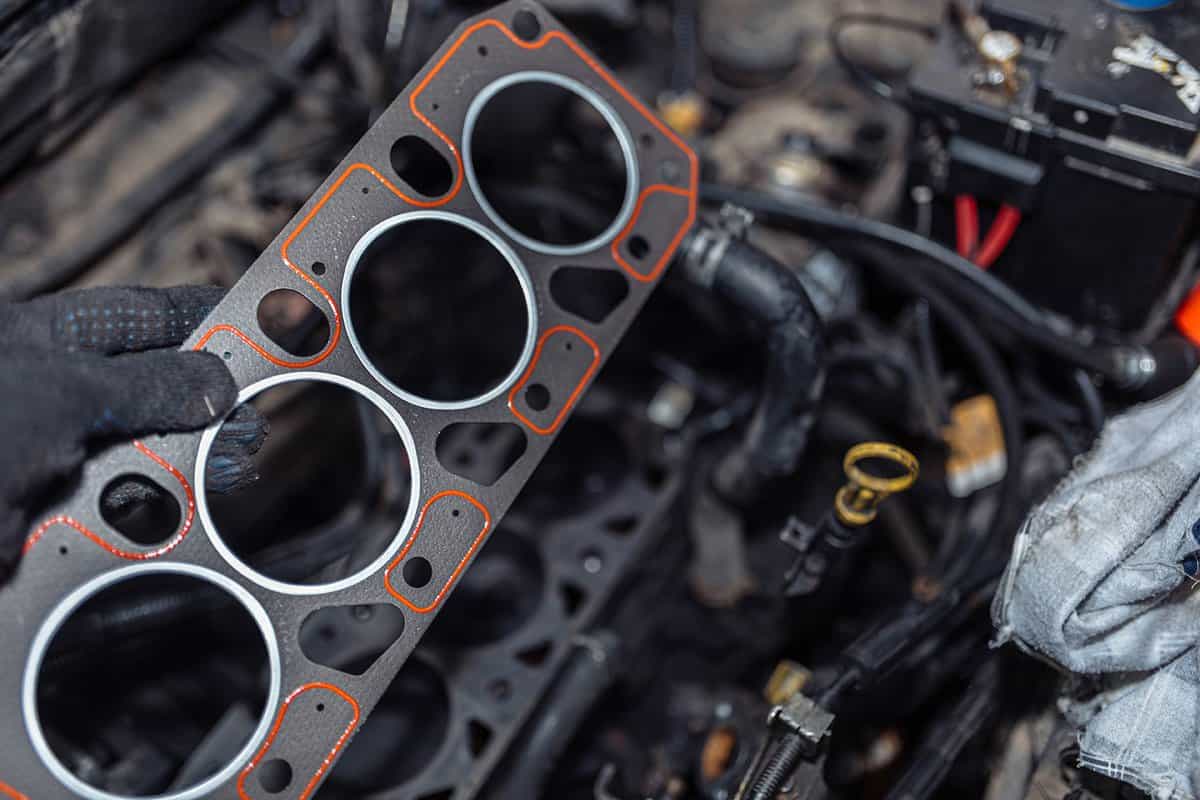
Here are the steps to replace the head gasket.
- When removing the parts, mark them first. Do this so that returning the parts is easy.
- Check the flatness and any cracks on the head and block. The parts should follow the specifications based on the service manual.
- Remove the old head gasket carefully.
- Prepare the surface, but do not use any material or tool that removes metal. Avoid scratching the critical parts, such as the mounting surface of the head.
- Use a tap or thread chaser for the head bolt. Remove the cruds and prepare the threads.
- Then, correct the head bolt torque by removing any interference with compressed air.
- Try to fit the new head gasket to get the correct orientation. Only use a sealant if the service manual requires it.
- Coat the head bolt threads with some engine oil. Then, tighten the bolt following the correct sequence. Use new bolts for this.
If you can't do the process, you can send your car to the service center and let a professional mechanic fix the issue.
Can You Drive with a Blown Head Gasket?
While you technically can drive with a blown head gasket, it is risky and we don't recommend doing so. You can only drive for a short time. Your car will tell you the signs of gasket failure that makes driving hard.
If you drive longer, you will cause more damage to the engine and other components. It is best to fix the problem before you hit the road.
Remember that you should always make safety your priority on the road. You can inspect under the hood of the car to see any leaking coolant or oil.
Is It Possible To Fix A Head Gasket Without Replacing It?
If you don't like to replace the faulty head gasket, it is still possible. You can set aside a replacement if you still want to save money.
Use a head gasket sealant as a temporary fix. Depending on the quality of the sealant, the head gasket can survive for a few months or longer. The process of applying is the same for any type of vehicle.
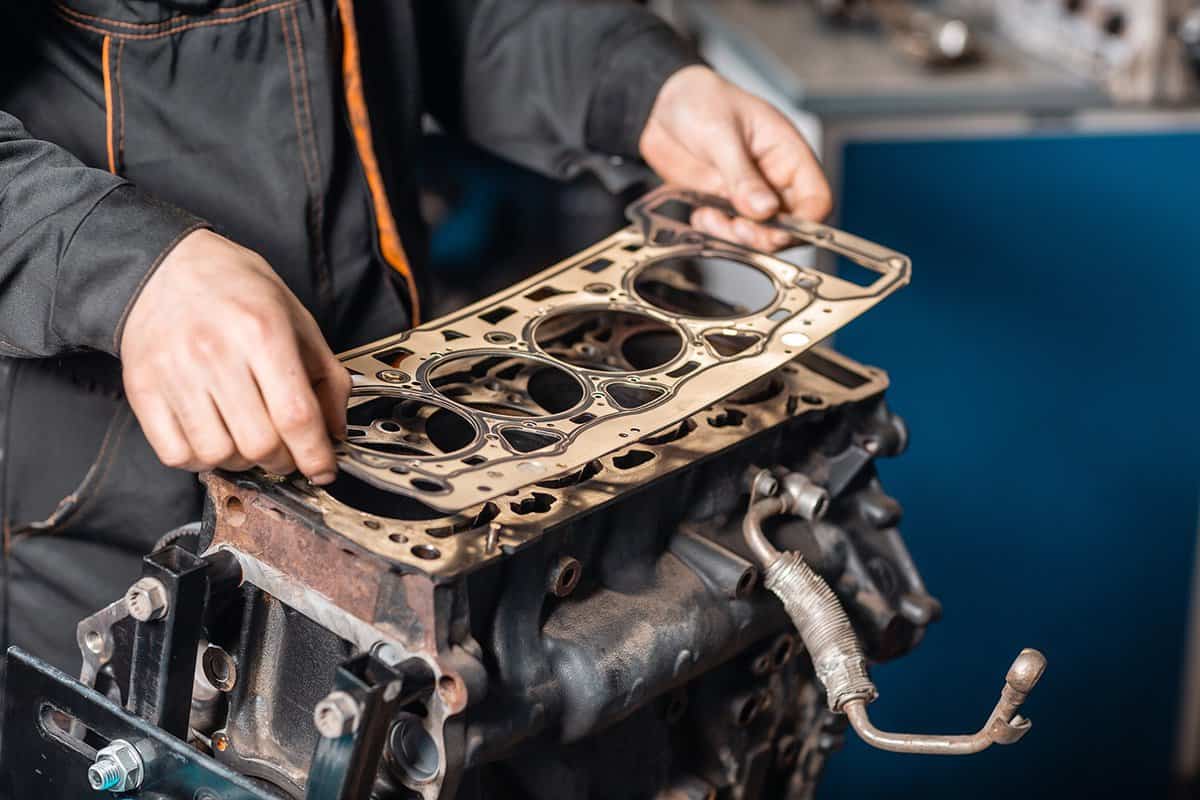
Yet, there are sealants that will not work well with certain coolants. When buying the sealant, it should be compatible with your car. There are sealants for gas or diesel engines and water-based cooling systems.
You should buy suitable sealant based on the type of engine you have. Consider several factors like compatibility, curing time, and permanence when buying the sealant. Below is a recommendation for both gas and diesel engines.
Use this sealer for your quick D-I-Y sealing. It is a versatile sealant that is effective in preventing overheating.
Click here to see this product on Amazon.
Although this solution is cheap and easy, it is not a guarantee that the head gasket will not fail.
How Long Will Head Gaskets Last?
The average life of head gaskets is around 200,000 miles, more or less. If you can maintain your engine's good condition, you can reach the milestone. If you are not careful when using the car, the gasket life will be shorter.
With a blown head gasket, it can only last for two weeks. Hence, you need to replace or do other remedies to maintain the engine condition.
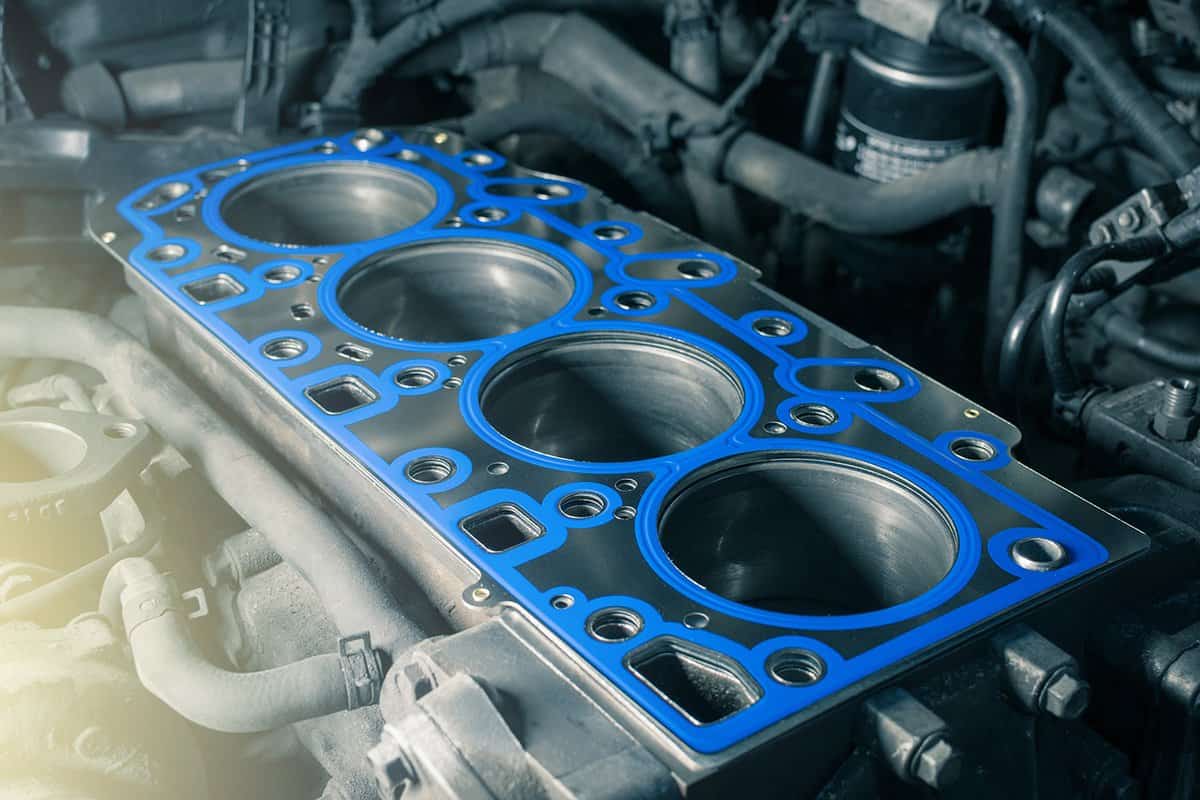
How To Prevent Head Gasket Damage?
According to Fel-Pro, maintaining the proper level of the engine coolant is the best way to prevent head gasket failures. The mixture should follow the manufacturer's requirements. You also need regular coolant flushing and replacement, as well as checking for defective belts and hoses. By doing so, you prevent the overheating of the engine.
Another part to check is the temperature gauge. You should not allow it to get too hot. If it is running hot, even if the car has just started, let a professional mechanic check it.
In Summary
The head gasket of your vehicle will not seal due to overheating, poor gasket design, and related pre-ignition problems. You will see signs, such as billowing white smoke, contaminated oil, or leaking from the exhaust. It is not good to drive while your head gasket is defective.
If you notice any signs of gasket trouble, the best solution is to immediately replace the head gasket. The cost of replacing is expensive, but an alternative remedy is to apply sealant on the damaged parts.
You can have a safe ride if you maintain the head gasket's best condition.
Learn more about vehicles from these posts:

